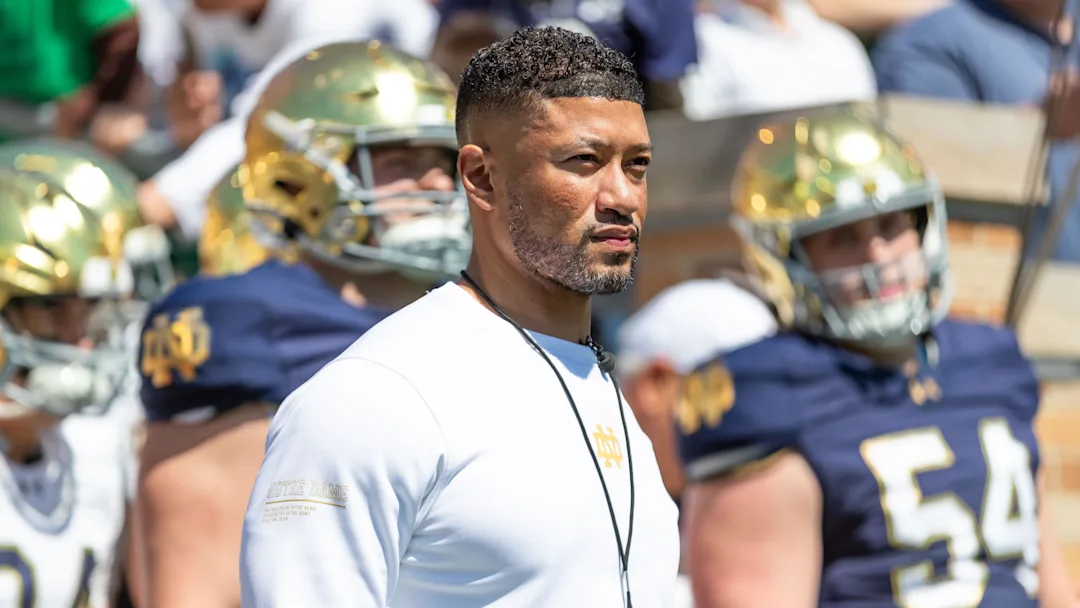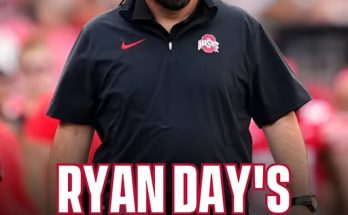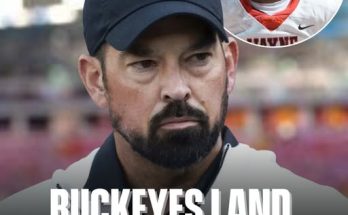EA Sports has long been a titan in the world of sports video games, commanding a massive following across multiple leagues and disciplines. For decades, their franchises—Madden NFL, NBA Live, FIFA, and many others—have set the standard for immersive sports simulations. College football, in particular, has been a deeply cherished series, beloved for its unique blend of collegiate spirit, vibrant fandom, and dynamic gameplay. So when EA Sports announced the return of the College Football video game after a long hiatus, fans around the world rejoiced, anticipating a product that would both honor the rich history of the sport and capture the excitement of college game day.
However, the announcement of the cover athlete for EA Sports College Football has left many fans scratching their heads and feeling underwhelmed. Rather than galvanizing the community and celebrating a player whose story resonates widely, EA Sports missed a crucial opportunity to make a bold and meaningful statement with its cover choice. The decision reflects a disconnect between the company and the passionate college football fan base, undercutting what should have been a moment of celebration and excitement. This misstep highlights broader issues in how EA Sports approaches authenticity, diversity, and the evolving landscape of college athletics.
The cover athlete is the face of the game. Historically, EA Sports has chosen players whose influence extends beyond the field—athletes who embody leadership, competitive excellence, and the ethos of college football. From legends like Tim Tebow and Vince Young to recent stars like Trevor Lawrence, the cover symbolizes a bridge between the game’s virtual experience and the real-world culture of college football. The choice sends a message to fans, promising an authentic representation of the sport and its heroes. So when EA’s selection felt lukewarm or out of touch, it caused more than just disappointment; it sparked debate about the company’s priorities and understanding of its audience.
One core issue with the cover choice is the apparent lack of connection to the current pulse of college football. Fans want someone who has defined the recent college football landscape or represents a compelling narrative that echoes the values of grit, perseverance, and regional pride. The selected player, while certainly talented, does not carry the same weight or excitement as some other available candidates. There are numerous emerging stars who have electrified fans nationwide and brought fresh energy to their programs. Yet, EA Sports bypassed these stories for a safer, less inspiring option that fails to capture the imagination.
Moreover, the cover selection missed an opportunity to showcase the diversity and evolving nature of college football. Today’s college game is more than just the gridiron battles; it is a cultural phenomenon shaped by diverse athletes from various backgrounds, reflecting the broad reach of the sport. Fans yearn to see representation that celebrates this diversity—whether that’s through gender, ethnicity, or the unique stories that define individual players’ journeys. The current cover does not adequately represent these dynamics, which sends an unfortunate message in a time when sports should be a unifying force embracing inclusivity.
The timing of the announcement also added to the backlash. EA Sports returned to the college football market after a prolonged absence, during which the sport itself has undergone profound transformations. NIL (Name, Image, Likeness) rules have revolutionized how players interact with their brands, creating new stars and shifting fan allegiances. The college football landscape is no longer dominated solely by traditional powerhouse programs but is energized by underdog stories and breakout athletes who have risen through sheer talent and hard work. The cover athlete choice should have reflected this evolution, positioning EA Sports as a fresh, forward-thinking brand aligned with the modern game.
Instead, the cover selection appeared to come from a play-it-safe mindset, likely aiming to avoid controversy or potential legal complexities amid the evolving NIL landscape. While caution is understandable, the lack of boldness undermines the excitement of the game’s revival. Fans want to feel that EA Sports is fully invested in college football culture and willing to celebrate its new heroes without hesitation. The cover should have been a rallying cry for fans, inviting them to re-engage with the game, not a tepid announcement that leaves them indifferent.
This misstep has broader implications for how EA Sports is perceived as a steward of college football’s digital representation. The company has a unique responsibility to honor the passion of the sport’s loyal followers while also attracting new fans. A compelling cover athlete is more than marketing; it is a symbol of respect for the sport’s history and its future. By missing the mark, EA risks alienating a key demographic—college football’s enthusiastic, young fan base that thrives on authentic connections with players and teams.
In addition to the cover choice itself, EA Sports has faced criticism for other elements tied to the game’s presentation and development. Fans worry about whether the gameplay will capture the unique strategies, atmosphere, and rivalries that define college football. There is skepticism over whether the game will fully integrate NIL opportunities, team traditions, and stadium environments in a way that truly differentiates it from the NFL titles. The cover is often the first impression, setting the tone for the entire gaming experience. A lackluster cover suggests a lack of commitment to these nuanced details, reinforcing concerns about the game’s authenticity.
Another important factor is how the cover choice compares to competitors and fan expectations. Social media has amplified fans’ voices like never before, allowing them to express disappointment or excitement instantly. The reaction to the EA Sports College Football cover was swift and overwhelmingly critical, with many calling for a reevaluation. In today’s hyper-connected environment, companies must be attuned to their communities’ desires and feedback. Ignoring the passionate reactions risks turning potential advocates into detractors, harming the game’s reputation before it even launches.
One cannot overlook the symbolic significance of the cover in a college football context. The sport is deeply rooted in tradition, regional loyalty, and school pride. The cover athlete embodies not just an individual’s achievement but the spirit of their institution and the broader culture of college football. By choosing a cover that fails to resonate with this collective identity, EA Sports has missed a chance to ignite pride and enthusiasm. Fans want a figure who represents more than personal success—someone who inspires unity among supporters and honors the rich history of college athletics.
There is also a practical angle to consider: sales and long-term franchise success. The cover athlete can drive pre-orders, media coverage, and social buzz. A high-profile, charismatic player with a compelling story often translates into better commercial outcomes. EA Sports has built successful franchises by tapping into this phenomenon. Choosing a cover athlete who lacks widespread appeal or narrative depth is a commercial risk that could impact the game’s sales and longevity in a competitive market.
Ultimately, the EA Sports College Football cover is a reflection of larger challenges facing the company as it reenters a beloved franchise. The sports video game industry has evolved, with players demanding greater authenticity, deeper storytelling, and inclusivity. College football fans especially crave a product that honors the unique culture of their sport. EA’s cover choice suggests a missed opportunity to fully embrace these demands, opting instead for a safe but uninspired route that leaves many fans disappointed.
Going forward, EA Sports has the chance to course-correct by listening closely to its audience, engaging directly with the college football community, and prioritizing authenticity in every aspect of the game—from gameplay mechanics to player representation. The cover athlete is just the beginning of this journey. If EA hopes to rebuild trust and enthusiasm, it must prove it understands the essence of college football beyond just a video game. That means celebrating the sport’s heroes in ways that feel meaningful and timely, recognizing the diverse stories that make college football great, and delivering an immersive experience that resonates emotionally with fans.
In conclusion, EA Sports missed the mark with its college football cover, choosing a figure who does not fully capture the excitement, diversity, or evolving nature of the modern college game. The decision has consequences for fan engagement, brand perception, and the success of the franchise’s revival. While the return of the series is a cause for celebration, this misstep underscores the need for greater attentiveness and boldness in how EA Sports represents college football. Fans deserve a cover that inspires passion and pride—one that embodies the heart of the sport and the spirit of its millions of followers. Only then can EA truly reclaim its place as the premier steward of college football in the digital age.



